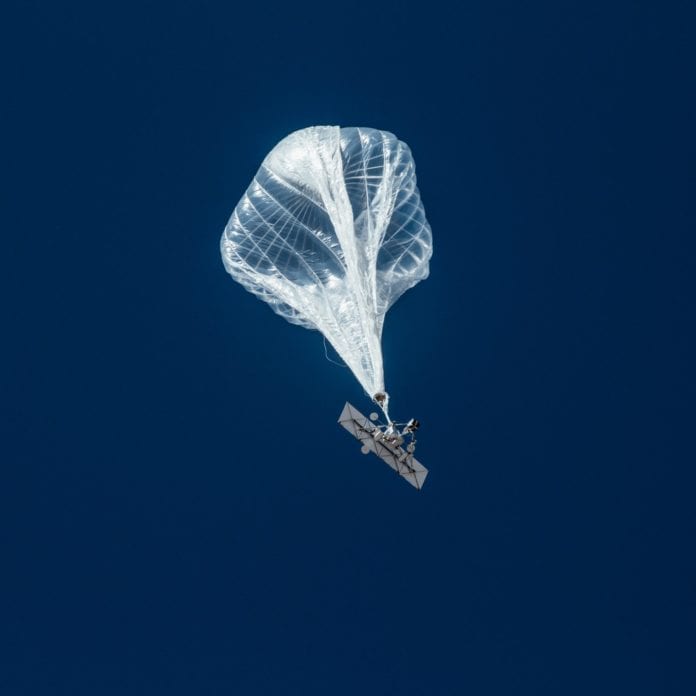Loon has secured fly over approval for its high-altitude internet balloons in more than 50 countries and regions
AT&T has partnered up with Alphabet’s Loon division, whose aim is to provide internet connection using high-altitude internet balloons, or more technically, unmanned aircraft systems (UAS). The pair are on a mission to deliver connectivity as quickly as possible in disaster-stricken areas, and according to a blog post announcing the partnership, Loon CEO Alastair Westgarth said that AT&T will allow Loon to do so at scale.
“Under the partnership, we have successfully integrated the Loon system with AT&T’s network,” he wrote, “this is a big deal because this network integration will extend to AT&T’s partners around the world, meaning Loon will be able to provide service to a third-party mobile operator, assuming they have a standard international roaming relationship with AT&T.”
Loon’s relationship with AT&T dates back to reliefs efforts following Hurricane Maria in 2017, which devastated Puerto Rico, including its communications infrastructure, for an extended time period. In response, AT&T and Loon teamed up, with Loon providing the balloons and AT&T bringing the cellular network.
Significant prep work is needed before internet service is available via the new collaboration, including integrating with local operators, Westgarth said. He added that doing as much as possible in advance, shrinks the company’s response time when disaster strikes.
For instance, Westgarth points out, it took Loon and AT&T about a month to get the balloons operational in Puerto Rico following Hurricane Maria, largely due the fact that there was no previously existing service in the region, and so the “technical, regulatory, and operations teams had to start nearly from scratch to make the deployment happen.”
However, when Peru experienced an earthquake last year, Loon claims that its balloons were providing internet in impacted areas within 48 hours, because it has already established operations in the country.
Subscribe now to get the daily newsletter from RCR Wireless News
In addition to its disaster relief efforts, Loon is looking to launch a commercial internet service in Kenya and in remote parts of the Peruvian Amazon.
The idea of using unmanned aircraft systems to provide internet services has been drawing significant attention lately. In fact, a recently formed coalition of companies consider such operations a “multi-billion-dollar market opportunity” in telecommunications planetary observation and weather prediction and modeling.
The coalition, dubbed HAPS (High Altitude Platform Stations or High-Altitude Pseudo-Satellites) Alliance laid out what is described as a “rare, untapped commercial opportunity in the skies above Earth’s atmosphere.”
The alliance includes Alphabet’s Loon and Japan’s SoftBank, which have collaborated via HAPSMobile, a SoftBank subsidiary, on modifying a HAPS payload so that telecom equipment can be carried. But it also includes network equipment companies Nokia and Ericsson, as well as carriers China Telecom, Deutsche Telekom, Telefónica and Bharti Airtel.
Loon is making monumental progress on this front, having already secured fly over approval in more than 50 countries and regions around the world, including Kenya, Uganda, Namibia, Democratic Republic of Congo, Chad, Malawi and Lesotho.

